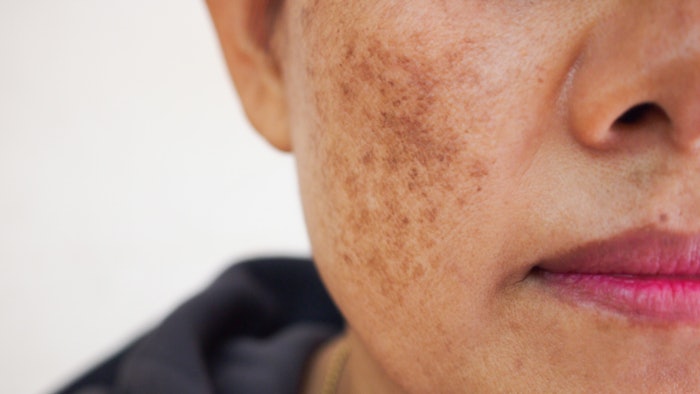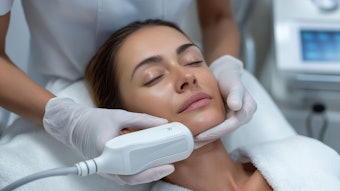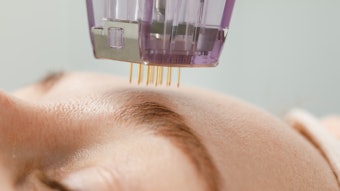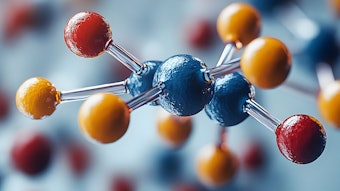
As consumers seek alternatives to hydroquinone, cysteamine has been presented as a potential option for reducing unwanted pigmentation. In a randomized, controlled study, published in Journal of Cosmetic Dermatology (May 5, 2022), Mozhdeh Sepaskhah, et al, compared the efficacy of cysteamine cream 5% with a hydroquinone 4%/ascorbic acid 3% (HC) cream in the treatment of epidermal melasma.
Related: Tranexamic Acid + Vitamin C Injection Reduces Melasma Severity
Sixty-five patients with epidermal melasma received cysteamine 5% or hydroquinone 4%/ascorbic acid 3% cream. The investigators compared modified MASI (mMASI) and melanin index (SkinColorCatch) after two and four months of treatment. The effect of treatment on the quality of life was also assessed.
At four months, the decrease in mMASI score was from 6.69 ± 2.96 to 4.47 ± 2.16 in the cysteamine group and from 6.26 ± 3.25 to 3.87 ± 2.00 in the HC group. The melanin index decreased from 37.72 ± 10.17 to 31.47 ± 11.90 in the cysteamine group and from 36.37 ± 10.80 to 23.16 ± 8.83 in the HC group.
Related: [Review] Treating Melasma with PRP
The authors noted that there was no significant difference between the two group’s mMASI scores at baseline and month four. However, the difference between the melanin index at baseline and month four was significantly more pronounced in the HC group.
Both groups reported an improvement in quality of life, with no significant difference between groups.











